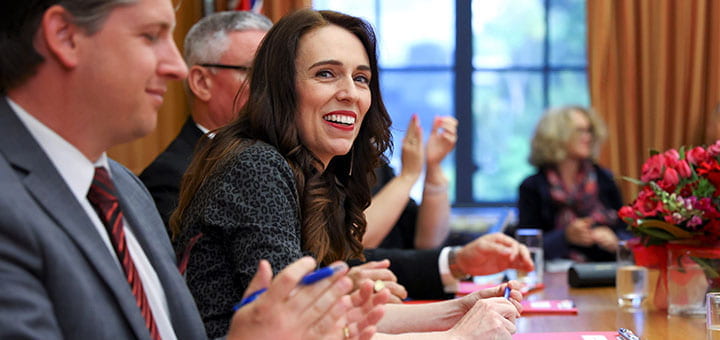Tag: Institute for Women’s Leadership
-

Revisiting Gender Equity
By
|
A Women’s Leadership Movement? Recent media stories about how strong female leaders are succeeding through the pandemic crisis have created a movement of reevaluating what a strong leader looks like and of taking a long, hard look at gender equity. Prime Minister Jacinda Ardern of New Zealand has been praised for her leadership style during…
-

Dismantling Bias
By
|
CAREER & BUSINESS The first hurdle we face as a society in dismantling bias is our own natures. Bias is baked into our brains. We literally can’t function if we don’t categorize the information we’re constantly exposed to: familiar, strange, interesting, boring. It is necessary for us to make inferences and assumptions. Otherwise, we’d be…

